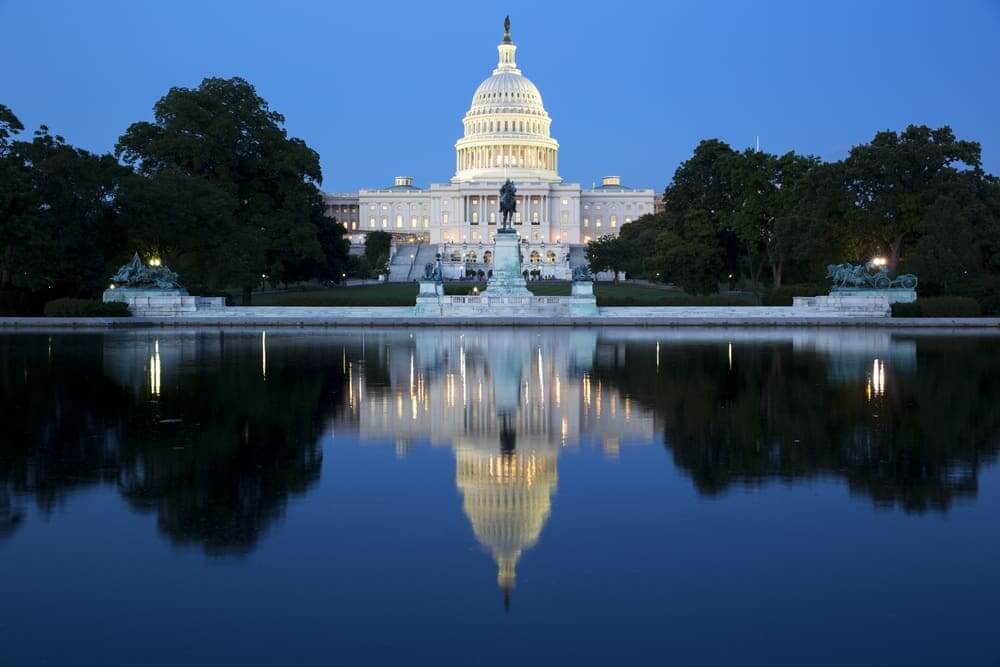
What is the United States Strategic Petroleum Reserve (SPR)
The Biden administration considers using the United States Strategic Petroleum Reserve (SPR) to lower oil prices with other significant consumers such as China and Japan.
Biden administration has done little to combat rising prices ahead of the 2022 midterm elections. Hence, releasing oil could allow the Biden administration to deflect criticism. By moving in lockstep with other significant consumers such as China and Japan, Biden may be able to claim that he acted after Saudi Arabia and Russia, members of the OPEC+ production group, resisted the US calls to pump more oil into global markets.
What other countries have strategic reserves?
Aside from the United States, the International Energy Agency (IEA) requires the other 29 member countries to keep oil in emergency reserves equivalent to 90 days of net oil imports. These include the United Kingdom, Germany, Japan, and Australia, After China and the United States, Japan has one of the largest reserves. OECD governments held over 1.5 billion barrels of crude. It equates to about 15 days of global demand before the pandemic.
How does the SPR get oil to market?
Because of its proximity to significant refining and petrochemical hubs in the United States, the SPR can ship up to 4.4 million barrels per day. According to the Energy Department, it can take as little as 13 days from a presidential decision for the first oil to enter the US market.
Three times, US presidents have authorized emergency sales from the SPR. The most recent was in 2011 during a war with OPEC member Libya. Sales also occurred during the Gulf War in 1991 and following Hurricane Katrina in 2005.
Oil swaps have become more common, with the most recent exchange in September following Hurricane Ida.
China working on crude oil release
Reserve bureau said that it is working on releasing crude oil reserves. Still, it declined to comment on the United States’ request to tap stockpiles to lower global energy prices to the world’s top-consuming nations.
China is the world’s largest oil importer. It held its first public auction of state crude oil reserves. It was available to a select group of domestic refiners to stabilize energy prices.
Earlier this month, Beijing announced that it would draw on its state fuel reserves. It wants to control rising diesel and gasoline prices.
Brent oil prices have risen by up to 69 percent. On Thursday, it fell 0.4 percent to $79.97 per barrel. Light sweet crude oil prices in the United States fell 0.8 percent to their lowest level in a month.
China keeps the size of its strategic reserves a closely guarded secret. The most recent public update came in 2019 when the National Energy Administration announced that the country had sufficient oil inventories.


